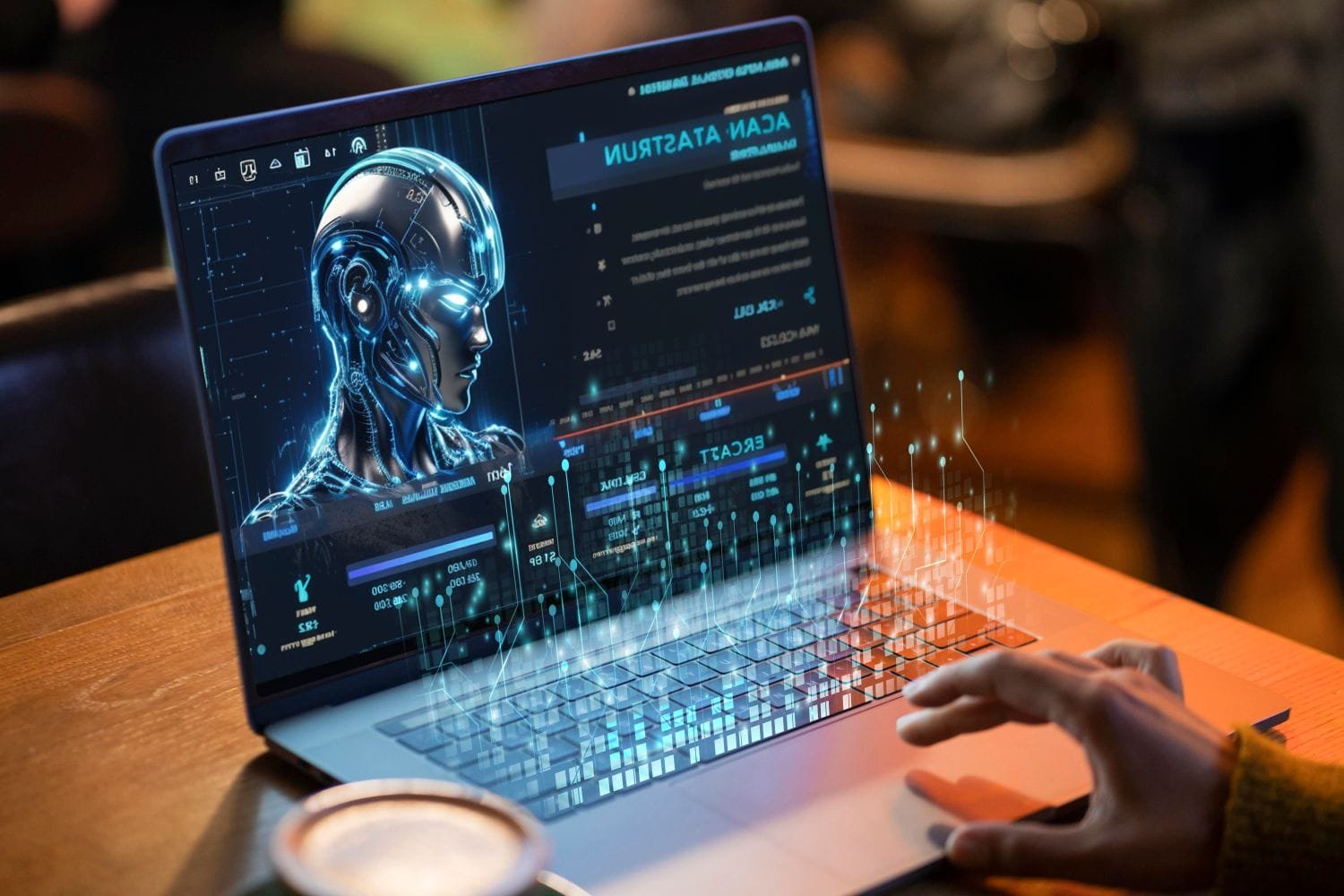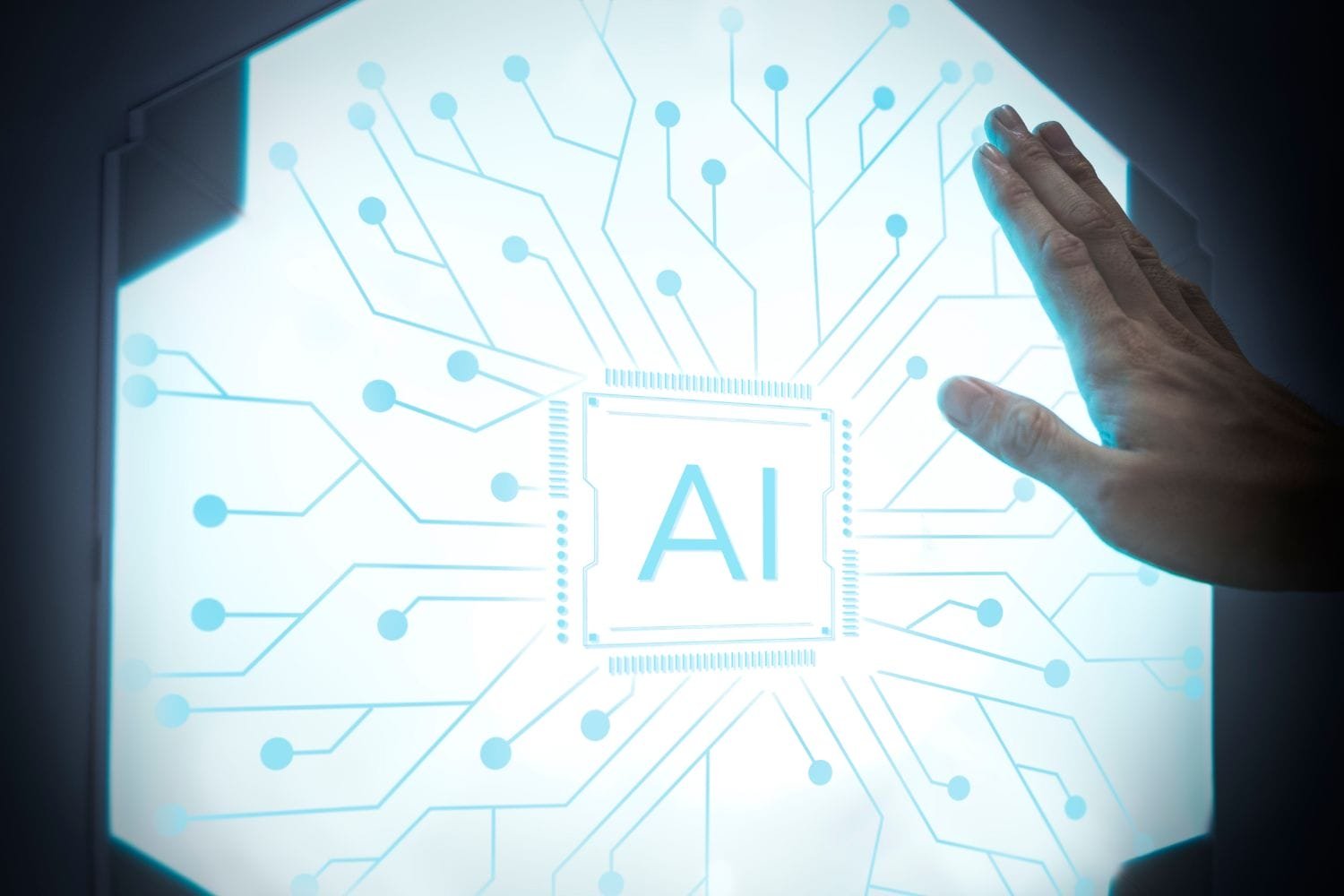The digital landscape is evolving at a breakneck pace, and website design is no exception. AI is rapidly changing how websites are built and used. It offers exciting possibilities to increase conversions and create great user experiences. But there’s so much information and many tools available. Navigating the world of AI web design can feel overwhelming.

Fear not, design wizards! This article is your comprehensive guide to unlocking the power of AI in web design. We’ll explore the benefits. We’ll cover cutting-edge tools and techniques. We’ll give real-life examples to spark your imagination. Get ready to supercharge your conversions and leave your competitors in the dust!
Elevating Your Game: The Benefits of AI Web Design
Effortless Efficiency:
AI automates tedious tasks. These include code generation, layout creation, and image optimization. It frees you to focus on the strategic parts of design. Imagine making personalized landing pages. Or, testing many design variations. And doing it in much less time.
Personalized Powerhouse:
AI personalizes user experiences like never before. Chatbots engage visitors. AI-powered copywriting tailors messages. Dynamic content adapts based on user preferences. This leads to higher engagement and conversions.
Data-Driven Decisions:
AI analyzes user behavior, website performance, and market trends. It gives valuable insights for data-driven design choices. Say goodbye to guesswork and hello to laser-focused optimization for maximum impact.
Accessibility Champion:
AI-powered accessibility tools ensure your website caters to disabled users. They expand your reach and foster inclusivity.
2024’s Toolbox: Unleashing the AI Magic
Now, let’s dive into the exciting world of AI tools and techniques:
Content Creation:
-
Copy.ai can generate catchy headlines, product descriptions, and blog posts. It is all powered by AI.
-
Jasper: Craft personalized copy and website content that resonates with your audience.
-
Articoolo: Generate unique, AI-powered content for your website at scale.
Design & Layout:
-
The Grid can design great websites. It uses AI to make layouts and has many customization options.
-
Website.com helps you build professional websites. It has an AI-powered assistant that guides you through the process.
-
UXPin Merge: Seamlessly integrate AI-generated design elements into your existing design workflow.
Personalization & Optimization:
-
Optimizely: Conduct A/B testing and personalize user experiences with advanced AI-powered analytics.
-
Personalize: Create dynamic content and personalized recommendations based on user behavior and preferences.
-
Hotjar lets you analyze user behavior. It has heatmaps, recordings, and feedback tools. They are powered by AI insights.
Accessibility & Inclusivity:
-
Use AccessiBe to make your website accessible to everyone. It has AI-powered tools for testing and fixing accessibility issues.
-
EqualWeb integrates AI-powered accessibility into your website. It ensures inclusivity for all users.
-
Voiceitt enables voice-activated navigation and interaction on your website. It is powered by AI speech recognition.
Remember:
AI is a powerful tool, but it’s not a magic wand. Choose tools that fit your needs and goals. Also, remember to keep humans in control of creativity.
Real-World Examples: Witnessing the AI Impact
Ecommerce Giant:
An online apparel store uses AI-generated product descriptions. It also uses personalized recommendations. These changes led to a 20% increase in average order value.
Educational Platform:
A learning platform uses AI-powered chatbots. They answer student questions and provide personalized learning paths. This has led to a big increase in student engagement and retention.
Non-Profit Organization:
A non-profit organization uses AI-powered translation tools. They use them to reach a wider audience and increase donations by 15%.
These are just a few examples of how AI is already transforming web design. As the technology evolves, the possibilities are endless!
Beyond the Tools: Mastering the Mindset

Remember, AI is a tool, not a replacement for human creativity. The key to success lies in using AI to augment your design skills, not replace them. Here are some tips:
-
Focus on strategy and creativity. Let AI do the hard work. You focus on the big picture and add your unique vision.
-
Use AI insights to inform your design. But, remember to interpret data critically.
-
Prioritize user experience: Keep the user at the center of everything you do. Use AI to personalize their journey and create a seamless, delightful experience.
-
Be ethical and transparent. Watch for biases in AI tools. Tell your users about your AI use.
Leave a Reply